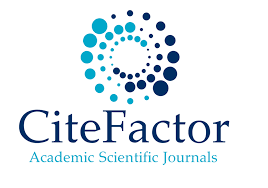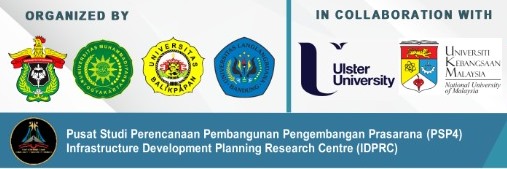The Effect of Bio-rejuvenator types on Volumetric Properties of Asphalt Mixtures with Variation Content of RAP
DOI:
https://doi.org/10.36277/icasgi.v1i1.9Keywords:
Bio-rejuventaor, bio-asphalt, marshall volumetric, Tukey-KramerAbstract
Biorejuvenator is a bio-asphalt that functions as a rejuvenating agent made from lignin-containing biomass. This study aims to determine the effect of using two types of bio-rejuvenators on the volumetric properties of AC-WC hot mix asphalt containing recycled asphalt pavement (RAP) which varies (10%, 20%, 30%) compared to AC-WC with fresh materials as a mixture control and a mixture of 30% RAP without rejuvenation. The bio-rejuvenators used were BioCS and BitutechRAP, the specimens were made in the form of Marshall specimens, and the volumetric properties tested were VIM, VMA, and VFB using ANOVA statistical test and Tukey-Kramer statistical grouping test. The test results show that the two types of bio-rejuvenators generally affect the volumetric properties of the AC-WC HMA containing RAP up to 30%. Statistically, bio-rejuvenator had a statistically significant effect on VIM and VFB, while BitutechRAP had a statistically significant effect on VMA
Downloads
Published
How to Cite
Issue
Section
License
Copyright (c) 2022 PROCEEDING OF INTERNATIONAL CONFERENCE ON APPLIED SMART AND GREEN INNOVATION

This work is licensed under a Creative Commons Attribution 4.0 International License.

















